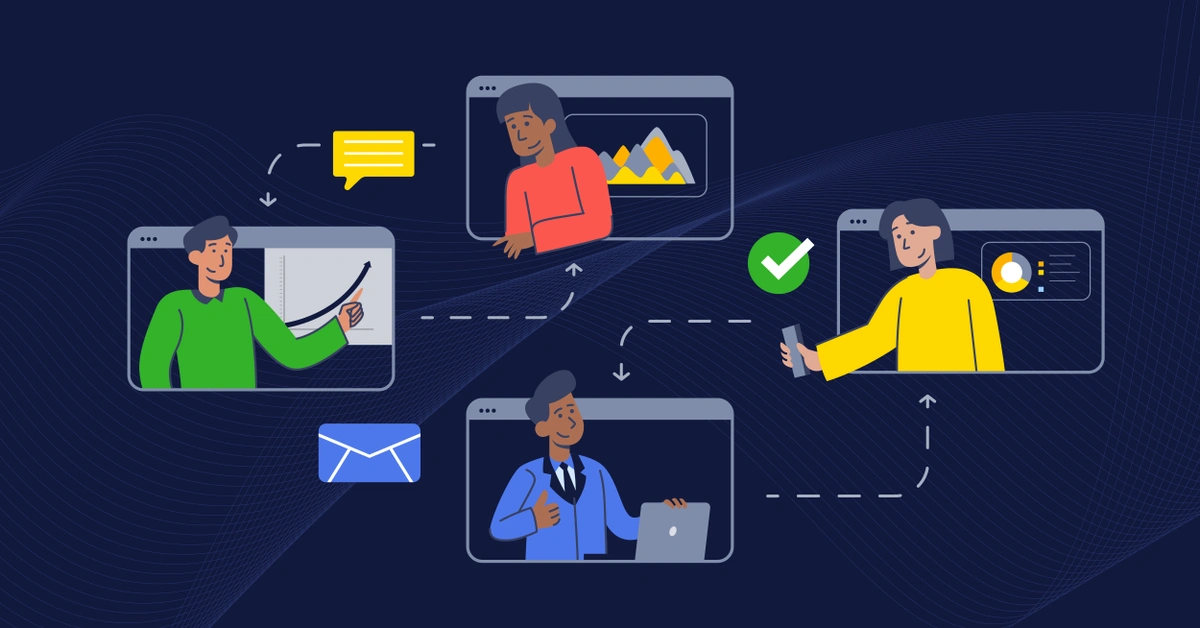
GSD
What Is an Employee Intranet, and Why Do You Need One in 2024?
Posted by Miracle Onyenma on February 28, 2024
An employee intranet is a private network or portal that can be accessed by employees of an organization to communicate and share information within a company. When implemented correctly, it can help foster effective communication and collaboration, which are important factors in the success of any organization, especially in recent times, where remote and hybrid work models have become more prevalent.
In this article, we’ll cover employee intranet benefits, features, use cases, and the best practices for building one that’s effective for your organization.
Table of contents
What is an employee intranet?
An employee intranet is a private, secure network accessible only by an organization's employees and serves as a centralized hub for company resources, documents, news, and tools. It allows employees to share important news and updates, communicate with each other, and access documents and other resources like employee directories. Employee intranets are primarily cloud-based and can be accessed via the internet from anywhere in the world. They can also be built on local networks, which must be accessed on-premise.
What is the difference between an intranet and an extranet?
Before we delve deeper, let's briefly discuss the difference between an intranet and an extranet. The key difference is that an intranet is internal and accessible only to employees. An extranet allows limited access to external parties such as clients, suppliers, or organization partners to provide authorized information. Extranets allow for securely sharing parts of an organization's information or operations with authorized parties, while intranets do not.
What are the advantages of an employee intranet?
An employee intranet holds many benefits for any company or organization. Let’s explore a few:
Improved engagement
Employee intranets facilitate two-way communication, social interaction, and a sense of community, fostering improved engagement among remote workers. An employee intranet greatly benefits any organization as it allows for and enhances employee interaction.
Stronger company culture
An employee intranet serves as a central hub for company information and its values and is easily accessible on the intranet. It can also serve as an excellent avenue for employee recognition, maintaining and strengthening the company culture, even in a dispersed work environment.
Enhanced transparency
Employee intranets play a crucial role in cultivating transparency within organizations. Intranets can foster a safe and open environment where employees can freely share ideas, ask questions, and provide feedback by providing open communication channels and spaces such as discussion boards, team forums, and news announcements. Additionally, providing easy accessibility to company documents via intranet can help remove barriers, promote trust, and enhance transparency between employers and employees, ensuring a free flow of information and nurturing a culture of openness within the organization.
Boosted productivity
Employee intranets also play a crucial role in enhancing productivity by eliminating information silos, which can hinder project completion and cause frustration due to limited information sharing between employees or departments. For instance, employees working on separate projects without knowledge of each other's efforts can lead to duplicated work and inefficiencies. Intranets address this issue by centralizing communication and consolidating information, ensuring seamless collaboration, preventing the duplication of efforts, and ultimately enhancing overall productivity within the organization.
Smoother onboarding
Employee intranets can facilitate smoother onboarding processes by providing immediate access to your company's learning tools and social channels. New hires can familiarize themselves with crucial information like employee handbooks, dress codes, and company policies, saving time and ensuring a seamless start. Features such as employee profiles, onboarding sites, checklists, and feedback mechanisms embedded in your intranet enhance the onboarding experience. This digital approach promotes a welcoming atmosphere, enables efficient communication, and ensures new employees feel supported, engaged, and valued.
What are the core characteristics of a modern employee intranet?
A successful employee intranet should have core features to foster and enhance communication and promote a collaborative work environment. Core characteristics include:
Access to company information
A modern employee intranet should provide employees with a centralized repository that houses essential documents, policies, procedures, and other relevant information crucial for day-to-day operations. It should also include a section for company news, updates, and announcements within the access to company information and employee engagement features. This access to information should be accompanied by robust search functionality.
Integration capabilities
Modern employee intranets should be able to integrate with existing tools and applications that employees use for daily work activities and tasks.
Employee engagement tools
A modern intranet should integrate advanced collaboration tools such as real-time messaging and video conferencing.
Cross-platform support
Cross-platform support in a modern employee intranet ensures a seamless user experience across devices, from desktops to mobile devices, fostering accessibility and collaboration for employees in diverse work scenarios.
Document management and file sharing
Document management and file sharing are integral features of an employee intranet. These features streamline access to essential resources like project documents, forms, and other critical information, fostering collaborative work on documents and enhancing overall organizational productivity.
Scalability
A modern employee intranet should be scalable to accommodate the organization's growth and evolving needs, ensuring it can expand seamlessly to meet increasing demands without compromising performance or user experience. Scalability can be achieved through flexible architecture, efficient resource allocation, and regular performance optimization processes.
Governance and permissions
A modern employee intranet should include tools for content administration, user permissions, and governance to maintain security and compliance, which are essential components of an employee intranet. Roles such as content administrators overseeing information accuracy, user permissions controlling access levels, and compliance measures enforced to uphold security are essential for a well-structured and secure digital workplace.
Multilingual support
A modern employee intranet should incorporate multilingual support to enhance communication and inclusivity, accommodating diverse language preferences among employees.
4 employee intranet use cases and examples for inspiration
Employee intranets have become essential tools for fostering collaboration, enhancing communication, and promoting productivity for in-person, remote, and hybrid workspaces. Let’s take a look at some relevant use cases and examples:
Employee communication and engagement
An employee intranet enables team members to view the latest company updates, access important documents, and streamline communications with multiple channels in one platform. This can include features like an announcement page where employees can stay informed about company news and updates, an internal blog that allows for sharing in-depth articles and insights, a question-and-answer forum that provides a space for employees to seek clarification and share knowledge, and feedback and survey functionalities that encourage employee participation and provide valuable insights for continuous improvement.
Communifire company blog center
The example below shows a company blog center with articles that team members can read and comment on using the employee intranet.
Source: Axero Solutions - https://my.axerosolutions.com/
Employee onboarding
This is another great use case for employee intranets, as it plays a vital role in setting the tone for new employees and integrating them into the organization. An employee intranet can streamline the onboarding process by providing a seamless self-serve onboarding experience, complete with how-to videos, HR policies, and other essential resources.
Axero's e-learning resources
Access to e-learning modules and training schedules.
Source: Axero Solutions - https://my.axerosolutions.com/
Powell employee onboarding dashboard
Personalized dashboard with progress tracking, recommended documents, and training resources.
Source: Powell Software - https://powell-software.com
Knowledge management:
Facilitating seamless collaboration, document management, and file sharing are common use cases of a modern employee intranet. By organizing information into categories and topics, employees can easily navigate and retrieve relevant resources, fostering productivity and informed decision-making. Centralizing knowledge within the intranet promotes self-service and ensures that employees have quick access to vital and up-to-date information, contributing to a more efficient and collaborative work environment.
Communifire file management hub
Centralized platform for storing, organizing, and accessing documents.
Source: Axero Solutions - https://axerosolutions.com/
Communifire documentation and guides
Repository of instructional materials, manuals, and procedural guides.
Source: Axero Solutions - https://axerosolutions.com/
Axero company handbook
An accessible handbook ensures employees have access to up-to-date company policies.
Source: Axero Solutions - https://axerosolutions.com/
Employee recognition
Employee recognition plays a significant role in fostering a positive work culture and boosting employee engagement. Modern intranets should seamlessly integrate employee recognition into the digital workflow, allowing employees to give peer-to-peer recognition, offer recurring awards, and earn profile badges.
Communifire employee profile
Feature-rich profiles showcasing employee achievements, skills, and contributions.
Source: Axero Solutions - https://axerosolutions.com/
6 best practices for building an employee intranet
Selecting a flexible and modern CMS
When building or implementing an employee intranet, selecting a flexible and modern CMS is important for ensuring seamless management of content and a user-friendly experience. A modern CMS enables efficient content organization, smooth integration with various applications, and easy access to up-to-date information for employees across the organization.
ButterCMS stands out in many ways as an ideal option thanks to its headless architecture and robust capabilities including:
-
User-friendly interface: Butter’s user-friendly interface allows for a delightful experience, making content management accessible for all users, regardless of technical expertise.
-
Programmatic data population: Butter provides a Write API that allows for a programmatic population of collections and maintenance of a synchronized and comprehensive employee directory.
-
Integration capabilities: ButterCMS seamlessly integrates with a variety of applications and software for different use cases such as collaboration, digital asset management, forms, localization, and more. This helps in facilitating data synchronization and ensuring up-to-date employee communication and information access.
-
Seamless content modeling: ButterCMS empowers users to create custom content structures tailored to their intranet needs, allowing for seamless content modeling and creation. With ButterCMS, users can design organized pages and leverage reusable components, ensuring flexibility and efficiency in content management. This approach enables the creation of diverse content types, from company-wide announcements to employee directories, promoting a well-structured and dynamic intranet experience.
Now that we’ve briefly considered a few relevant ButterCMS features, let’s take a look at a few employee intranet use cases that can be achieved with Butter:
-
Dual-purpose employee directory: Utilize ButterCMS collections to create a comprehensive employee directory, including essential details like names, locations, and contact information. Learn more about this from this guide on dual-purpose employee directories.
-
Cross-referencing collection items: Dynamically showcase employee information on different intranet sections using filters, enhancing accessibility and visibility.
-
Company blog: ButterCMS provides a dedicated blog engine that can be used to power your intranet blog. A custom blog solution for extra customizability can also be built using pages.
Define your intranet strategy and goals
Another best practice is to define a clear strategy and goals for your intranet project. Align these goals with business objectives and consider employee needs. Establish key performance indicators (KPIs) to measure success, such as adoption rates, engagement metrics, and time to access knowledge.
Conduct thorough research on employee needs and business objectives to effectively define your intranet strategy and goals. Collaborate with key stakeholders to identify specific pain points and opportunities for improvement. Finally, develop a detailed roadmap outlining the steps to achieve these goals, including timelines, resource allocation, and ongoing evaluation processes to ensure continuous improvement.
Creating personalized content experiences
Providing customized information based on employees' roles and preferences enhances the overall experience of employees using your intranet. By doing this, organizations ensure that each individual receives relevant content.
This can be achieved by implementing user profiles and preferences, segmenting content based on roles, and targeting announcements to specific groups within the organization. Through personalized content experiences, organizations foster improved communication, higher engagement levels, and increased employee productivity.
Prioritize employee engagement
Elevate your intranet to more than just a repository of information by focusing on employee engagement, which is crucial for fostering a connected and motivated workforce. Implement features like social media interactions, mobile accessibility, and a dedicated app to make the intranet a vibrant hub for communication and collaboration.
Encourage engagement through gamification strategies, such as awarding points to employees for active participation and contributions. Design an intuitive homepage and navigation structure to enhance usability and accessibility, fostering a strong company culture of recognition and interaction among employees.
Incorporate insights and analytics
Harness the power of analytics to gain invaluable insights into employee behavior, content performance, and overall engagement within the intranet platform. Monitor key metrics such as page views, interaction rates, and time spent on various sections to understand employee engagement levels and preferences better. Analyze content performance to tailor future communication strategies and continuously enhance the user experience, ensuring the intranet remains a valuable and engaging tool for all employees.
Ensure accessibility and feedback support
When developing your employee intranet, prioritize accessibility to ensure all users can easily navigate and interact with the platform. Adhere to accessibility standards like Web Content Accessibility Guidelines (WCAG) to promote inclusivity.
Additionally, integrate feedback mechanisms to gather insights from users continuously. Encourage employee participation and contributions to keep the intranet dynamic and relevant. Regularly review and refine your intranet strategy, content, and features based on user feedback to meet evolving needs effectively.
Employee intranet FAQs
Let’s take a look at some frequently asked questions on employee intranets.
How can an intranet improve your digital workspace?
An intranet enhances the digital workspace by centralizing communication, collaboration, and information sharing, promoting a cohesive and engaged workforce. It streamlines access to essential resources, facilitates real-time communication, and fosters a sense of community among employees. These factors improve the workspace by optimizing workflow efficiency, enhancing transparency, and nurturing a collaborative culture conducive to innovation and productivity.
Are there any disadvantages to using an intranet?
While the benefits are substantial, potential disadvantages include:
-
Implementation and management: Utilizing an employee intranet requires dedicated resources for setup, maintenance, and continuous improvement.
-
Resistance to change: Some employees may resist adopting new technology, affecting user engagement.
-
Data security and privacy: Without proper precautions and security infrastructure, intranets can pose security risks if employees aren't vigilant, potentially leading to breaches or leaks.
What are some popular employee intranet solutions?
While ButterCMS can power intranet content, it's not a full intranet solution. Some popular options include SharePoint, Workvivo, and Lark, each offering comprehensive features for communication, collaboration, and knowledge management.
Wrapping up
In conclusion, an employee intranet is a valuable asset for businesses navigating the challenges of remote and hybrid work environments. By fostering improved communication, collaboration, and employee engagement, it becomes a cornerstone for success in the evolving landscape of the modern workplace.
ButterCMS is the #1 rated Headless CMS
Related articles
Don’t miss a single post
Get our latest articles, stay updated!

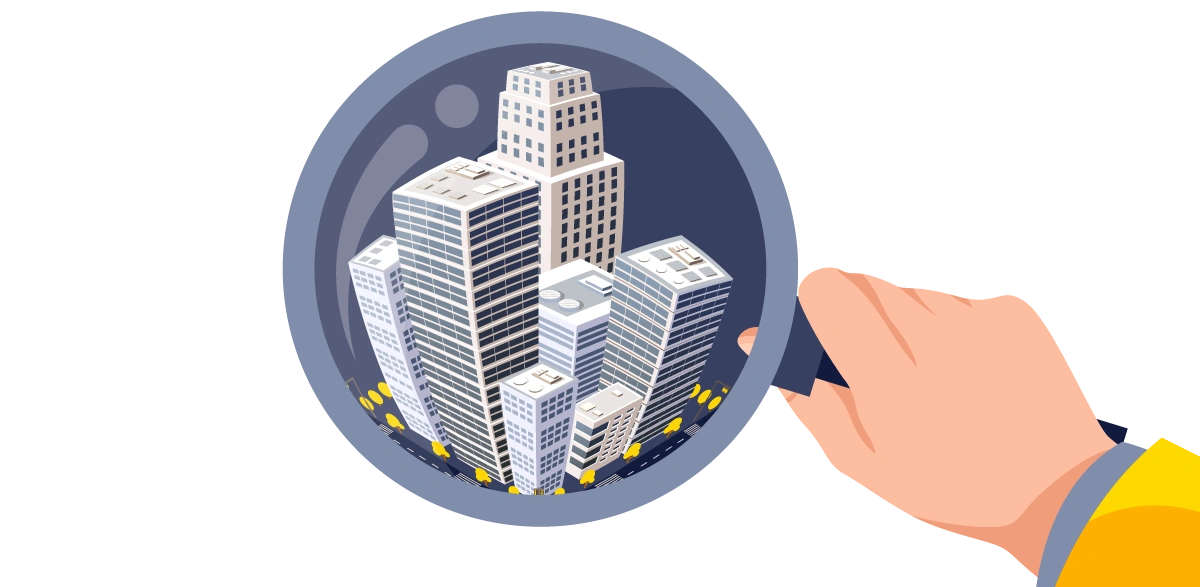
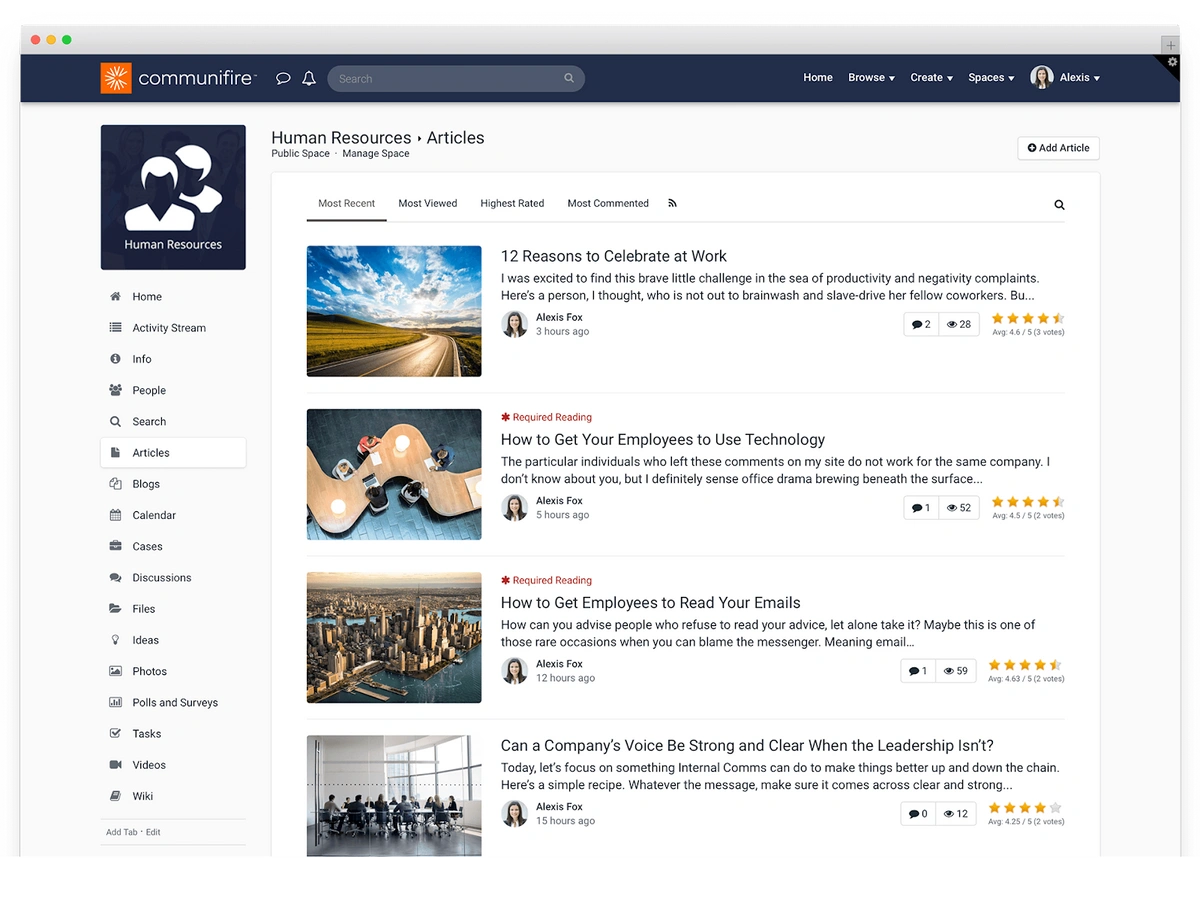


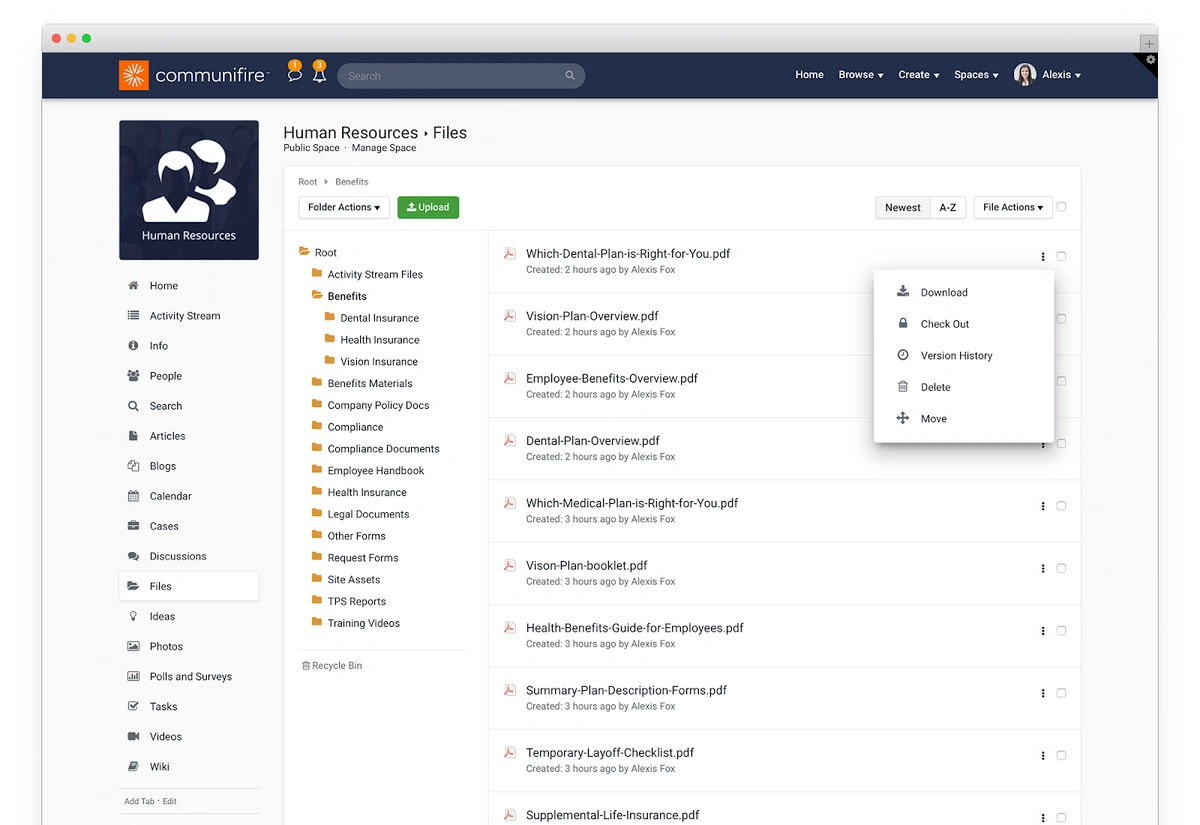
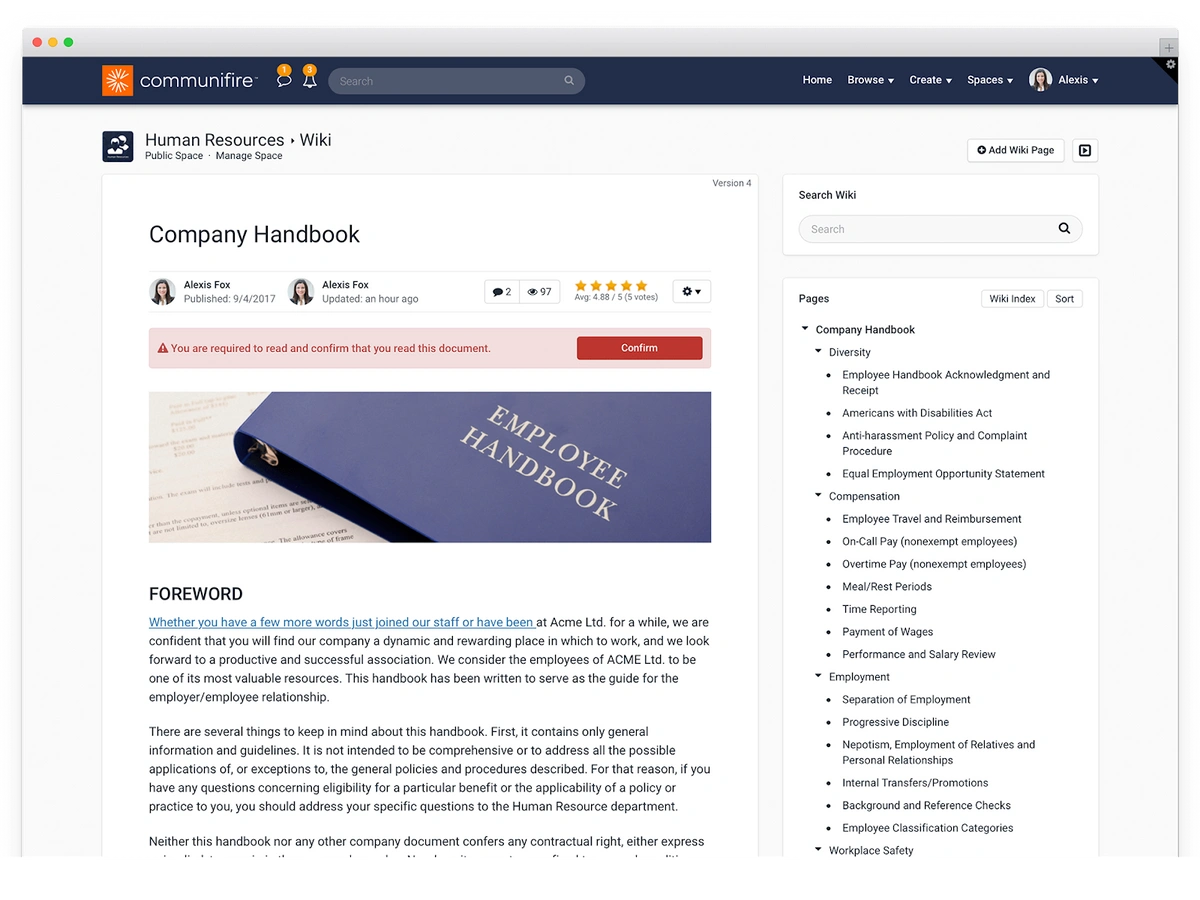

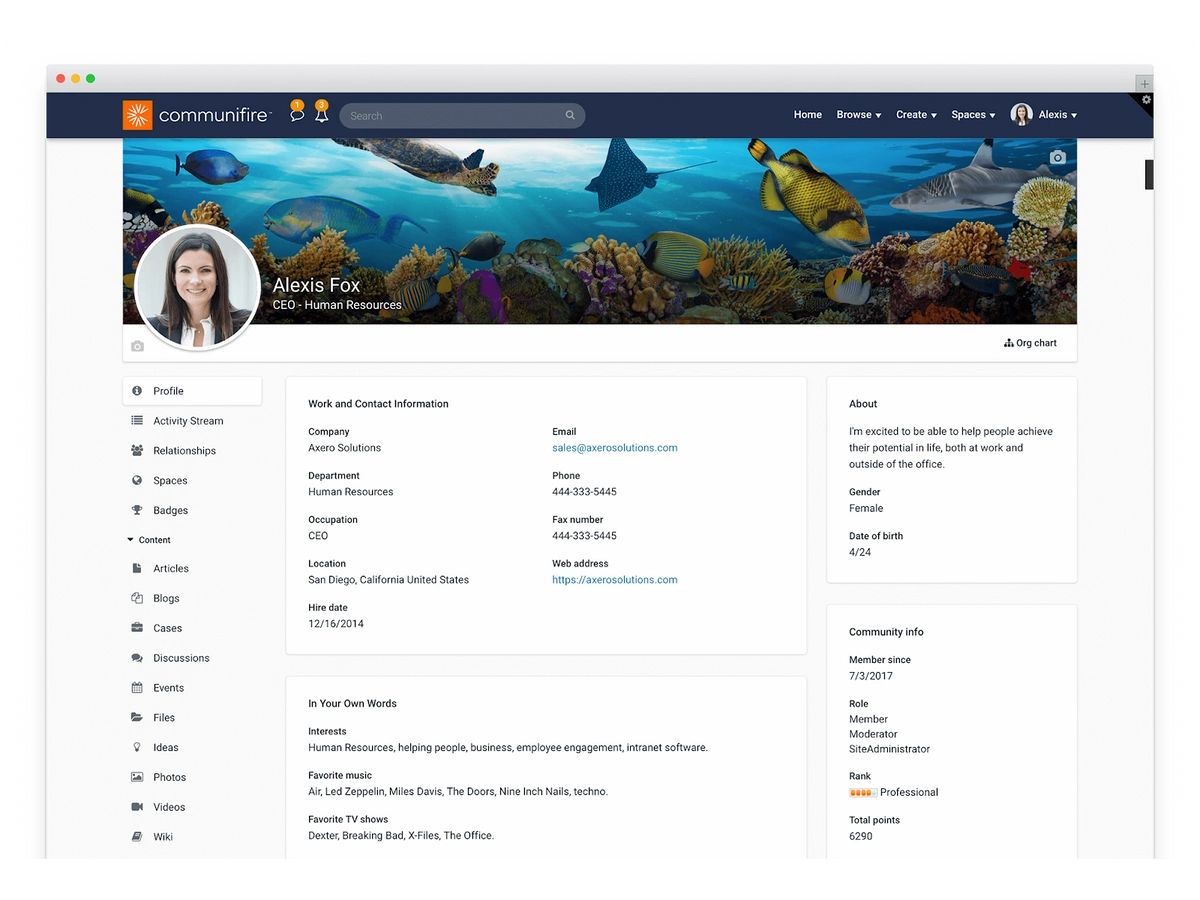

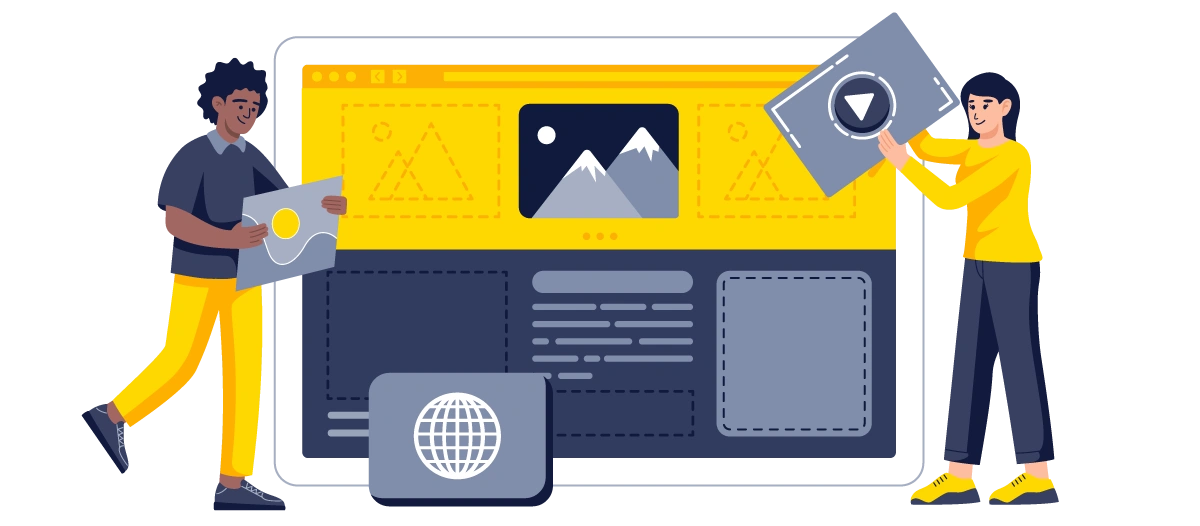














Miracle Onyenma is a designer and front-end developer obsessed with crafting and sharing beautiful experiences. ✨